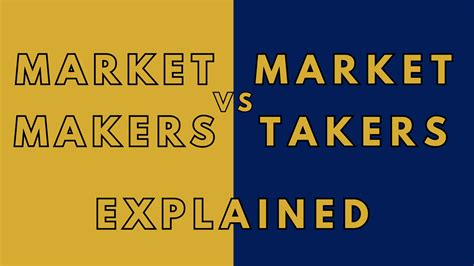Cryptocurrency market participants and market makers: understanding of their roles
The cryptocurrency world has become popular over the last few years and prices have risen dramatically and adoption has increased worldwide. There are two main players in the center of this market: market players and market manufacturers.
Who are market participants?

Market participants are individuals or bodies that seek profits by buying and selling cryptocurrencies. They risk buying low and selling high, betting on price changes and potential profits. In exchange for assume this risk, they earn commissions from each trading through their platform.
Market participants can be found in a variety of cryptocurrency exchange, where they use sophisticated algorithms and technical analysis to quickly and efficiently carry out market trends and carry out trade. They are often associated with larger institutions such as risk insurance funds or investment banks that give them the resources and competencies needed to carry out large transactions.
Who are market manufacturers?
On the other hand, market manufacturers are individuals or bodies that engage and sell cryptocurrencies for both profit and risk management purposes. They act as intermediaries between customers and sellers, ensuring the liquidity on the market, coordinating demand with supply.
Market makers usually set prices according to their own market conditions, according to factors such as supply and demand, volatility and market mood. In exchange for setting these prices, they earn taxes from both the purchase and by selling orders through their platform known as the manufacturer’s fees.
Main differences between market participants and market makers
Although both market participants and manufacturers seek profits from cryptocurrency prices, their roles are the main differences:
* Risk management: market manufacturers take high risk by setting prices that can cause losses if the market contradicts them. On the contrary, market participants usually have no such risk.
* Liquidity Provision: Market manufacturers provide liquidity on the market by reconciling buyers and sellers, and market participants rely on their purchasing power to carry out transactions.
*.
Working with market participants Professions
Market participants offer several benefits:
* Lower trade costs: by gaining a lower risk profile and fast trading, market participants can reduce their trade costs.
* Higher liquidity: With higher power, market participants can achieve more liquidity in the market, which can lead to better price discovery and higher return.
Working with market participants challenges
However, working with market participants also stems from its challenges:
* Liquidity risk: Market participants may face liquidity risk if their market size exceeds the market capacity.
*.
The advantages of working with market makers
Market manufacturers offer several benefits:
* Risk management: By setting prices that reduce risk, market makers can reduce potential losses and improve the overall result.
* Increased liquidity: When market makers provide liquidity on the market, they increase the availability of capital to traders.
Challenges for working with market makers
But working with market makers also stems from its challenges:
* Higher trade costs: Market makers may incur higher trade costs due to tax and commission when carrying out transactions through their platform.
Leave a Reply